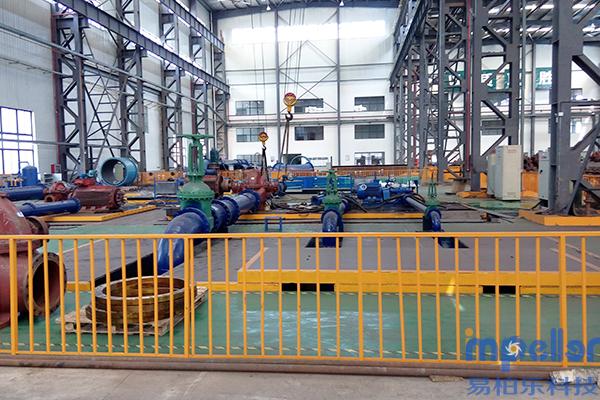
As we all know, pipelines are a solid object, and water is a substance that is easy to flow. If the water inside the pipeline is flowing, a part of the energy must be converted into heat energy and "eliminated", which means losing a part of the water pressure (or head). This is a reflection of objective things and an inevitable law of water flow movement. Usually, we refer to this phenomenon of energy transformation as energy loss (or hydraulic loss, loss of head). It is measured in meters.

The frictional coefficient along the way is directly proportional to the roughness of the pipe wall. Different pipes have different roughness, and cast iron pipes are relatively rough, resulting in a higher frictional coefficient along the way; Plastic pipes are relatively smooth and have a smaller friction coefficient along the way. It is proportional to the length of the pipe; It is inversely proportional to the pipe diameter, which means that when the flow rate is constant, the pipe diameter is small and the flow rate is fast, resulting in greater loss along the way; It is also proportional to the square value of the flow rate. Of course, the calculation is quite complicated, and simple methods can be used to estimate.
Local loss in the pipeline refers to the change in flow pattern caused by local devices during the flow of water through accessories such as bottom valves, valves, elbows, and reducers in the pipeline; The direction and magnitude of the flow velocity change, and vortices appear in the flow, causing the water currents to collide and collide with each other. The hydraulic loss caused by this local resistance is called local loss.
The magnitude of local loss is directly proportional to the square value of the water flow velocity passing through the pipeline fittings, and also depends on the shape and quantity of the fittings. The larger the change in the shape of the accessory section and the larger the quantity, the greater the local loss. After the pipeline layout plan is determined, it is generally necessary to calculate the loss head of the pipeline through a calculation method, and then determine the design head of the water pump station before selecting the water pump. However, the calculation program is relatively complex. For the sake of simplicity, the calculation data can be compiled into a table for easy reference and calculation. In addition, a rough estimation can also be made: the loss head is equivalent to the actual terrain water lift height (measured) of 30% to 50%, with the larger value taken for small pipe diameters and short pipelines; Take the smaller value for larger pipe diameter and longer pipeline length.
Pressure loss of liquid flowing in a straight pipe
The pressure loss of liquid flowing in a straight pipe is caused by the friction during liquid flow, which is called the pressure loss along the pipeline. It mainly depends on the length, inner diameter, liquid flow rate, and viscosity of the pipeline. The flow state of liquids varies, and the pressure loss along the way also varies. The laminar flow of liquid in circular pipes is the most common in hydraulic transmission. Therefore, when designing hydraulic systems, it is often hoped that the liquid flow in the pipeline will maintain a laminar flow state.
Shanghai Impeller Technology Co.,LTD
Name: Ben
Mobile:86 137 0588 0773
Tel:86 137 0588 0773
Whatsapp:8613705880773
Email:info@ssimpeller.com
Add:No. 25, Lane 7488, Hutai Road, Jiading District, Shanghai